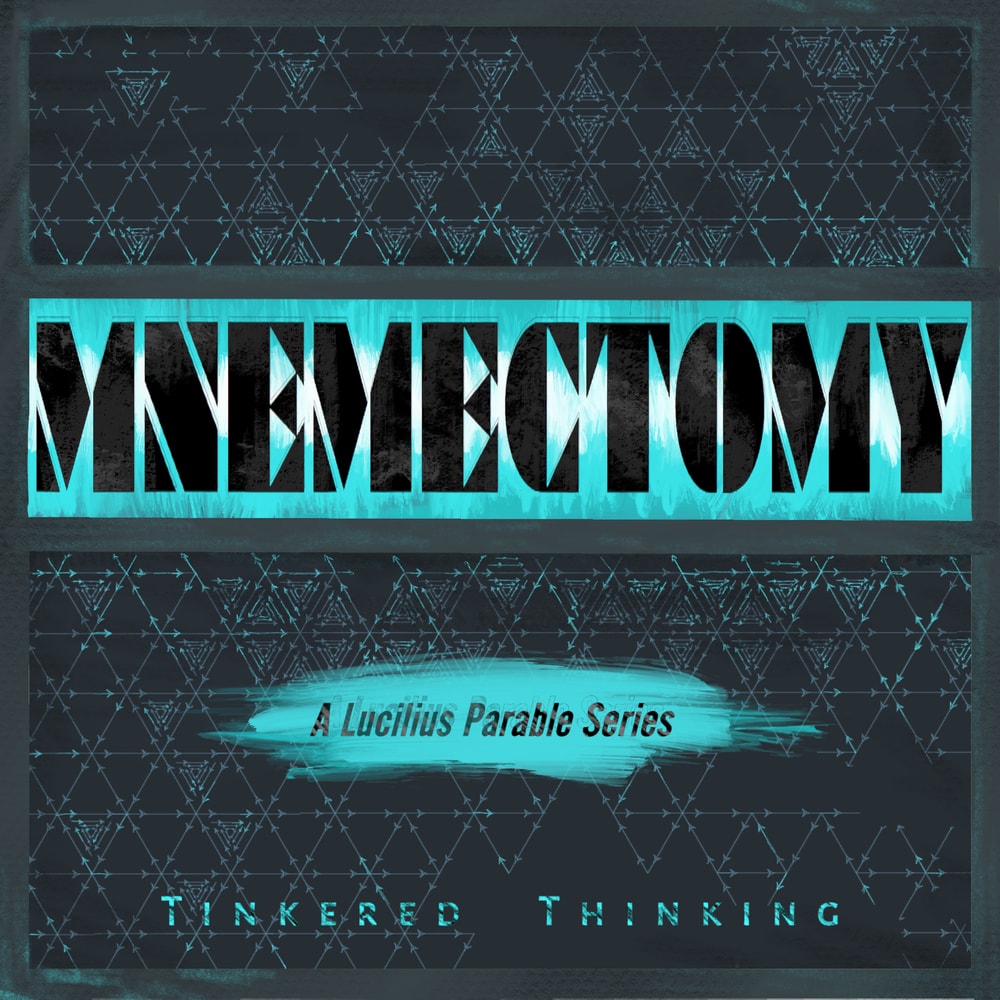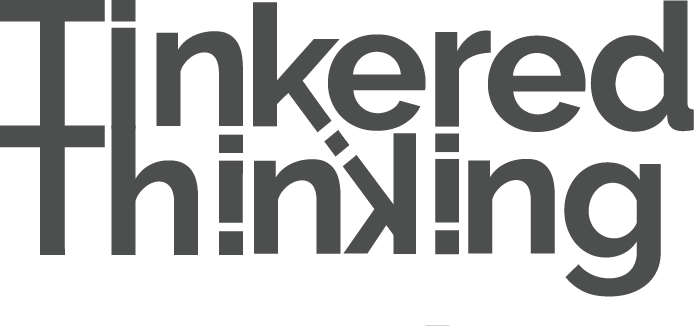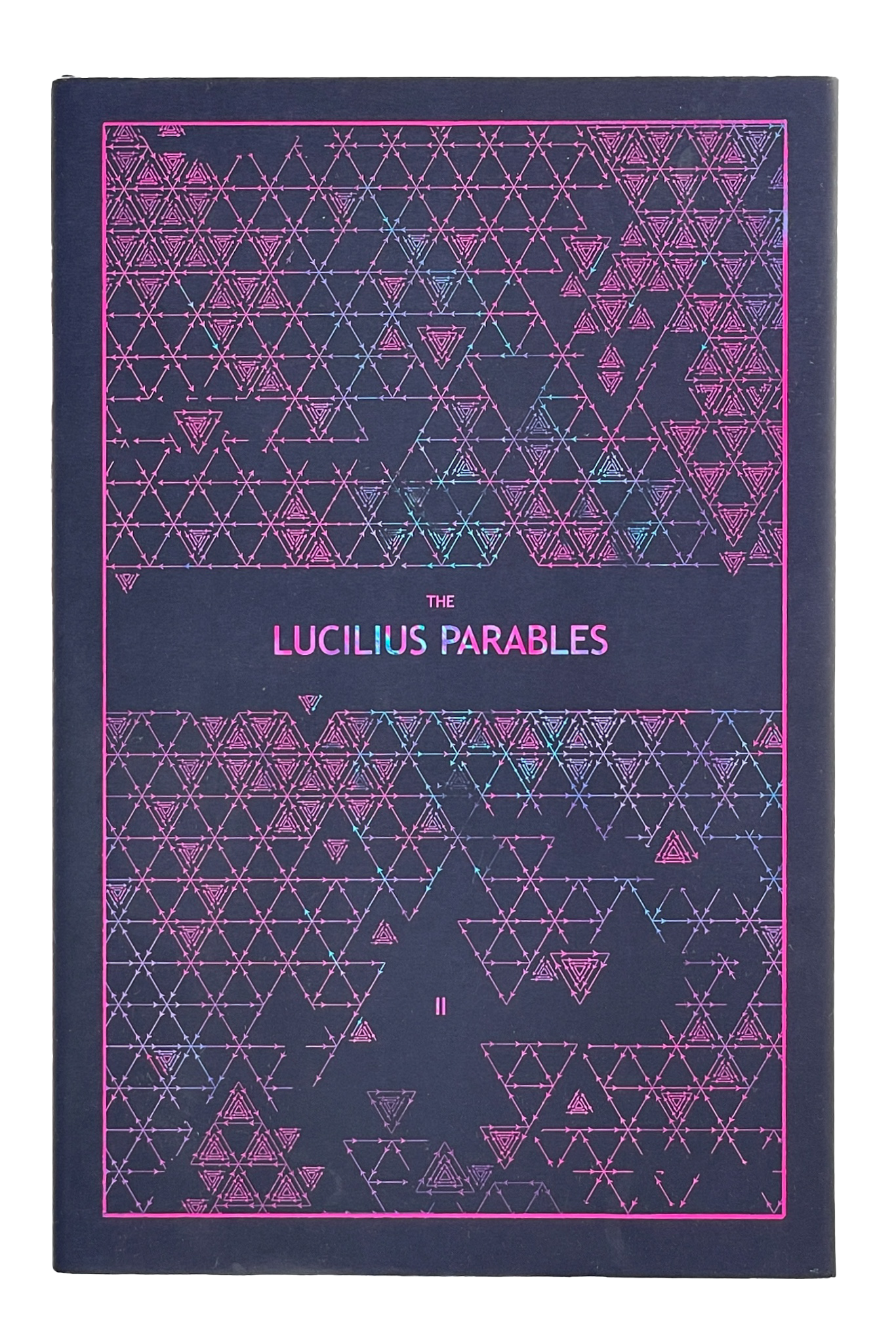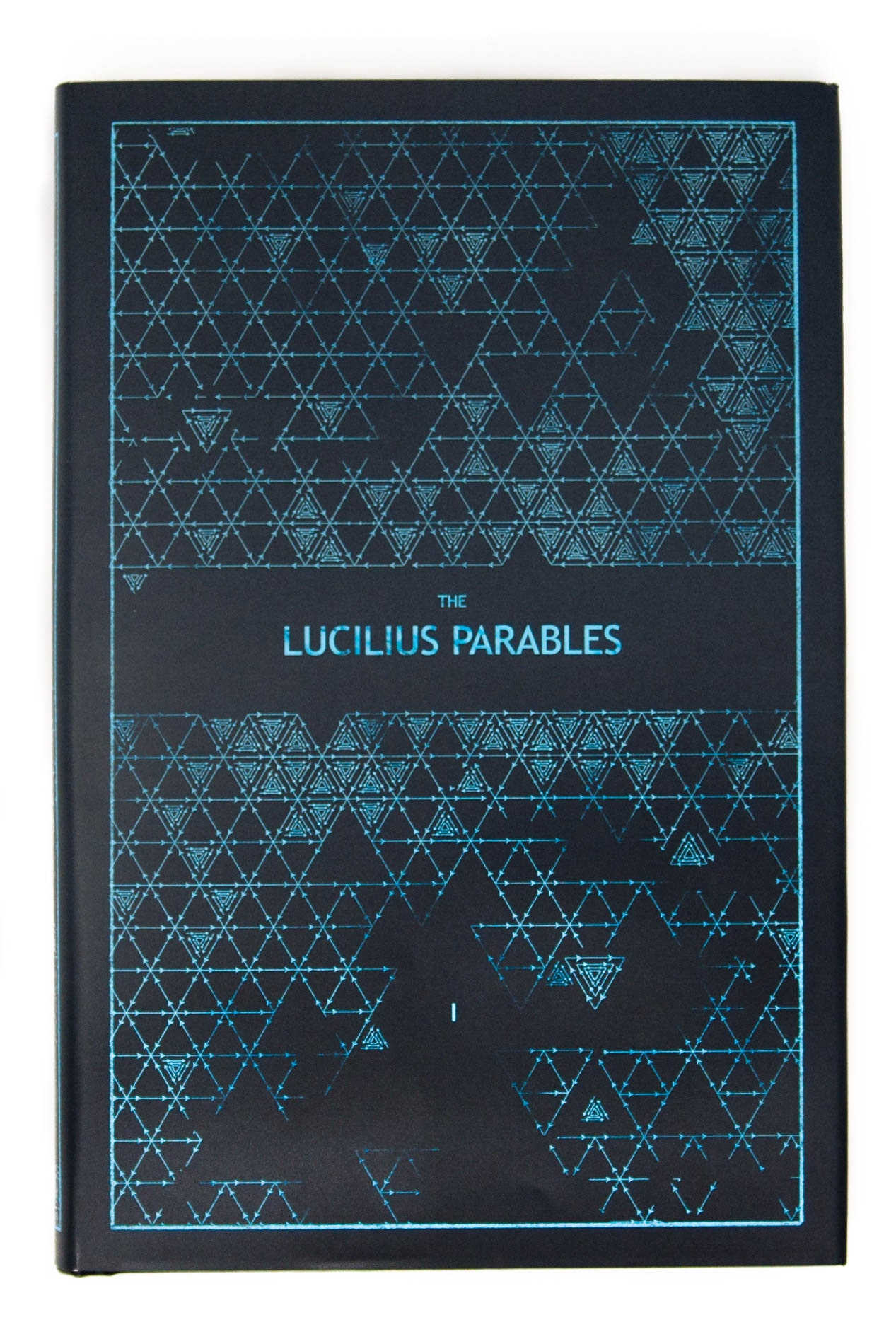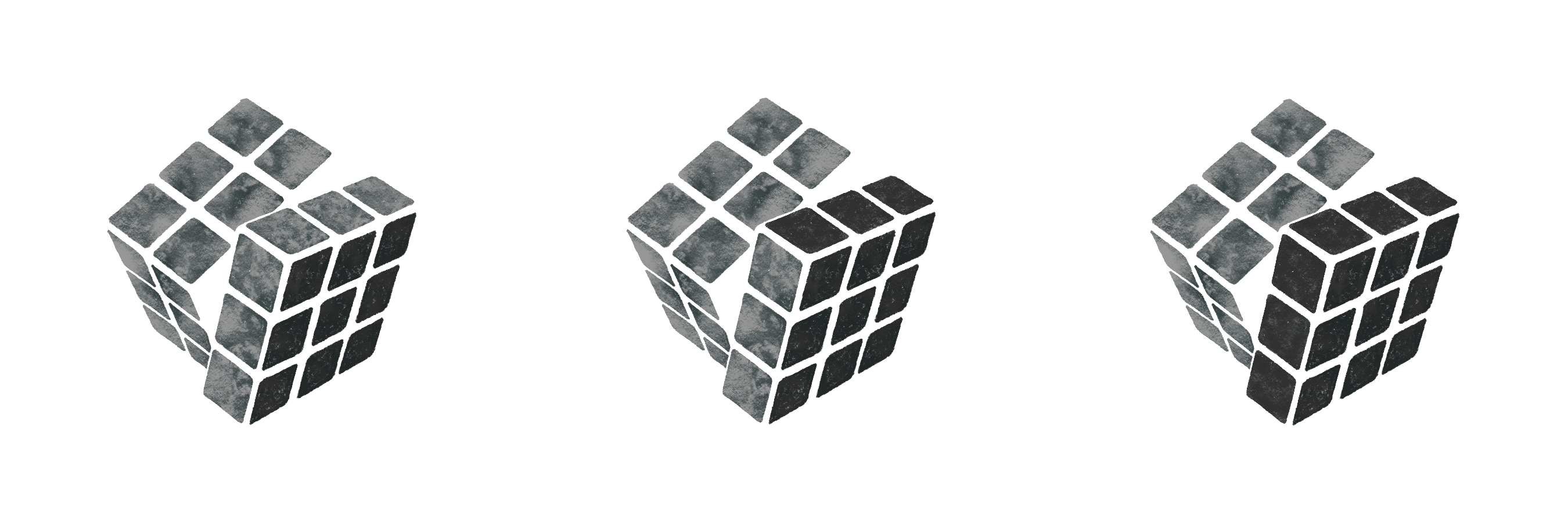Daily, snackable writings to spur changes in thinking.
Building a blueprint for a better brain by tinkering with the code.
subscribe
rss Feeds
SPIN CHESS
A Chess app from Tinkered Thinking featuring a variant of chess that bridges all skill levels!
REPAUSE
A meditation app is forthcoming. Stay Tuned.
GENERATING RANDOMNESS
November 9th, 2019
What is creativity?
We can look at the root word, create, and decide that something is somehow being produced.
At this point, most people think of the originality of the thing being produced – that is, the actual creation.
But there is an important ingredient that is often overlooked:
What is the original ‘stuff’ that creativity is reshaping in order to create?
Let’s switch contexts for just a quick second and think about girls trying to describe qualities they’d like to have in a boyfriend.
How cliché is it to hear: spontaneous.
And why is this? What does it mean? Clearly it’s for the same reason that we all keep scrolling on social media sites:
We want something fresh, something new, something creative.
But again, what is the original stuff that is used by creativity in order to provide something fresh and novel?
The answer is randomness. The creative, spontaneous person simultaneously breaks the routine and the predictable, and with randomness generated, then creates a new order.
As a society we’ve created repetitive systems, like the habits that an individual does routinely, and these repetitive systems are an order that we’ve created. Anything otherwise would just be chaos, and we humans are very very uncomfortable with something as uncertain, unpredictable and uncontrollable as chaos.
Creativity, instead understands both sides of this coin, and requires both. It generates randomness, or disorder and then creates new order from the non-routine.
This is why we sometimes hear that destruction is a form of creation.
It’s not, at least not totally, but it is a first step. The second part of creativity is constructing a new order, a new system or structure, ideally something that might work better.
That first step is why taking a chance on a new project or endeavor can be so scary for many people. In order to do so we are required to abandon some kind of comfortable routine order and strike out into the unknown, entertaining chaos as we generate randomness.
It’s from that strange substance that we then begin to build anew.
THE SISYPHEAN PLATEAU
November 8th, 2019
The intuitive vision of progress is linear. We imagine that things will steadily progress each and every day, and each and every effort will contribute to this progress. This strategy for the future envisions an inclined plane, and each day is just a tiny fractal segment of that wedge.
it’s never the case. Not only do efforts often fail to produce the results we imagine, but even after much progress, the situation can change and suddenly it can look as though all that progress was in the exact wrong direction. With enough perseverance, however, and enough willingness to pivot, the project can seem to come all together right at the last moment.
Sound familiar?
When we think of that linear progression, we’re better off to tilt our head as we look at it. It’s not just a false idea of how progress functions, it’s actually a plateau, a Sisyphean plateau that we return to again and again, thinking falsely once more that this is how things will go.
Progress on most things is more like a stair case, always with fits and starts, and each stair is best imagined as an exponential curve.
For the longest time it seems like nothing is working. The beginning of an exponential curve is almost flat, and a linear progression looks far far more productive at this point. But then the exponential curve hits the elbow and suddenly progress looks like a vertical line.
That is until we hit the next stair in our effort for progress.
BROKEN RECORD
November 7th, 2019
Vicious cycles composed of bad habits can send our lives into a tailspin, destroying resources and relationships.
Virtuous cycles, composed of good habits work much the same way, and, given enough time, such habits can compound to astonishing amounts of success.
Much of self-improvement revolves around the notion of installing good habits and then simply waiting for the results to compound into large, noticeable benefits.
It holds that we are all broken records, and that it’s just a matter of making sure we are singing the right song.
There’s a staggering amount of truth to this.
Our good habits are at constant risk of atrophy while bad habits are always primed to gain a foothold.
Of course, it doesn’t seem that habits capture all of human behavior, since we are liable to change as circumstance does. There is always a great deal of randomness that we can generate and respond to.
But an overwhelming amount of our life is dictated by these habits.
Which song are you playing?
PRODUCTIVE SKEPTICISM
November 6th, 2019
Often, skepticism is used as a license to believe nothing and do nothing. For the secular individual, it can be the intellectual mask for being lazy.
This attitude and practice is more a contemporary flavor of cynical skepticism.
But as with all ideas, beliefs, attitudes and dispositions that we learn about and might adopt, we must ask:
what is the most useful version?
The root of skepticism is inquiry and doubt.
And in order to form good questions to make an incisive inquiry, we need an imagination. And in order to take that first step back to create the space for a question to form, we need doubt. This practice of skepticism can be extremely productive.
For example, anyone who isn’t genuinely surprised when their efforts succeed lacks a certain imaginative flexibility.
Skepticism envisions branching possibilities.
Such flexibility also enables a person to potentially navigate such paths to unexpected and unforeseen success.
Now pit this version of skepticism against the original one, the sort a person might use to entitle themselves to no solid belief and therefore be free from any requirement to try and do something.
Both the individual who pivots and iterates towards a goal and the person who does nothing can be skeptics because of it.
But as with everything, we must ask ourselves: which version will help me the most?
THE VISIBILITY OF PROBLEMS
November 5th, 2019
A visible problem is one that everyone can see.
If you solve it, then everyone sees that too. You’re likely to get credit if that’s the case.
Some problems are invisible. We don’t necessarily realize they exist until they are solved. This is especially true if an invisible problem is solved in a visible way. The smart phone might be an example of this. Before, we had three different devices in order to browse the web, make a phone call and listen to music. It’s not even clear there actually is a problem until someone draws a technical connection between the three and collapses three devices into one. An invisible problem with a very visible and much loved solution.
Garbage can be thought of as a visible problem. We don’t want it around, and waste companies kind of solve this problem by removing it from our sight. The actual problem of garbage isn’t solved because it usually just goes into a landfill, but the visibility issue is solved. This is more like sweeping it under the rug. It’s not really a solution, but it looks like a solution, and the visibility is enough to fund a large business to make it happen.
It’s worth it to wonder if it’s possible to solve an invisible problem with an invisible solution.
At first glance, it might seem as though this is like doing a silent and unseen good deed.
But even that isn’t possible, because even in that instance, there’s at least one person who sees.
If you do a good deed just for the sake of it, and no one ever sees nor knows who it was, at the very least, you know what you did. And though it might make invisible solutions to invisible problems impossible, it’s still worth it.
At the end of the day it makes you more likely to do the right thing when you are thrust into the spotlight.
-compressed.jpg)
